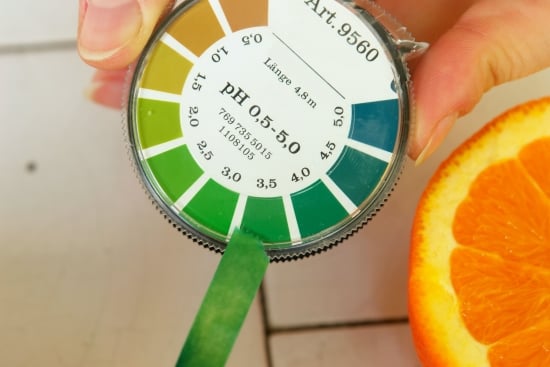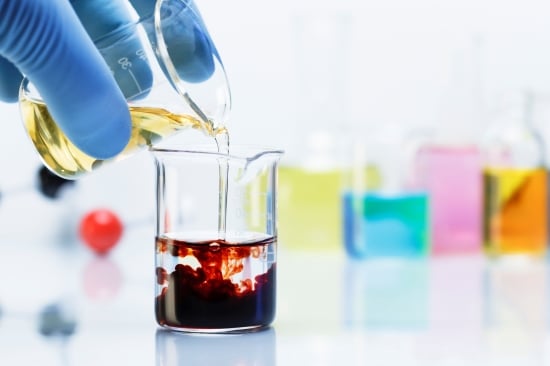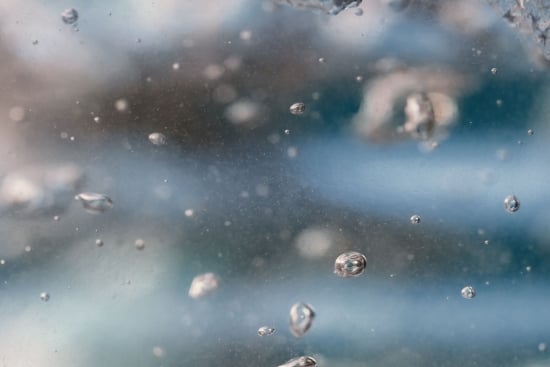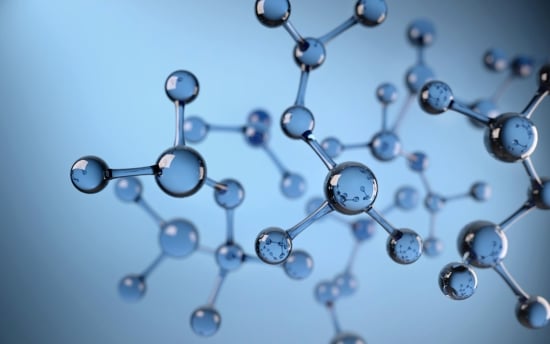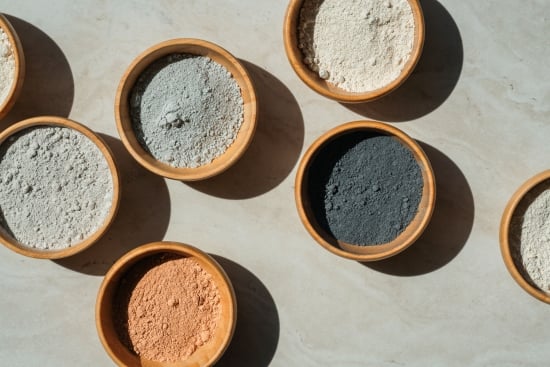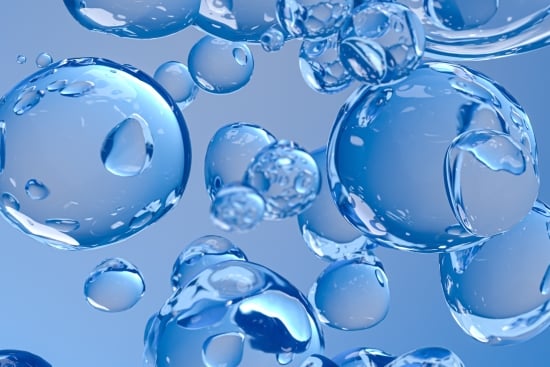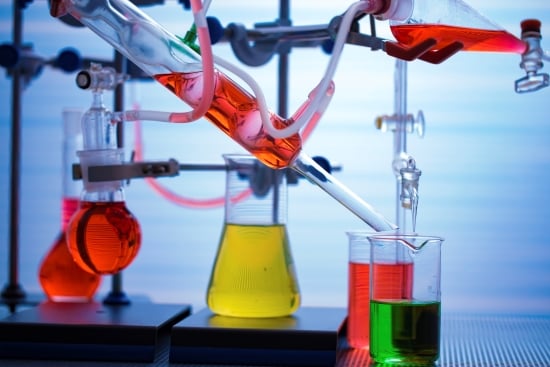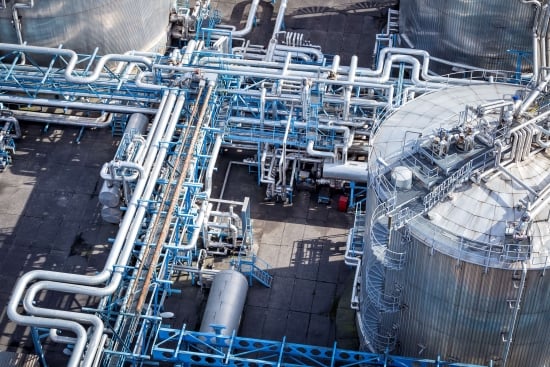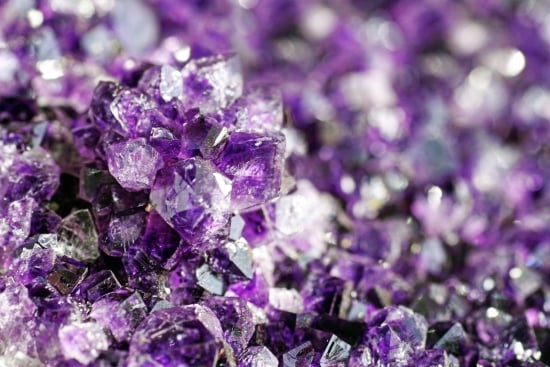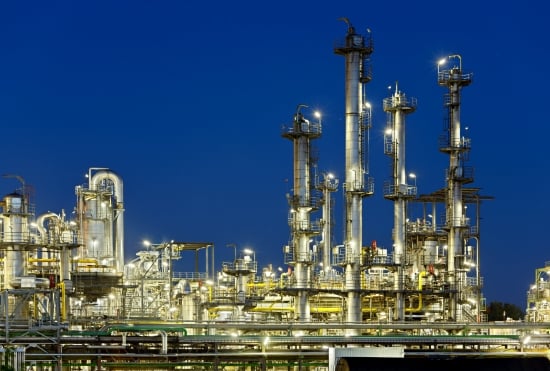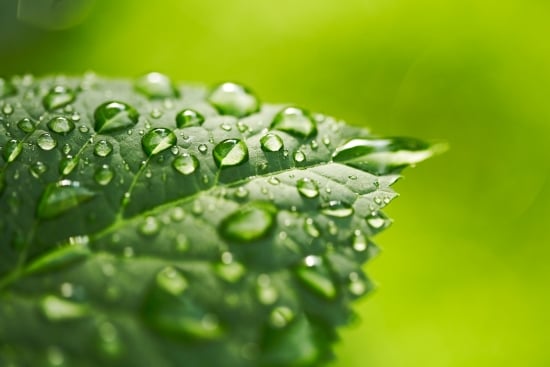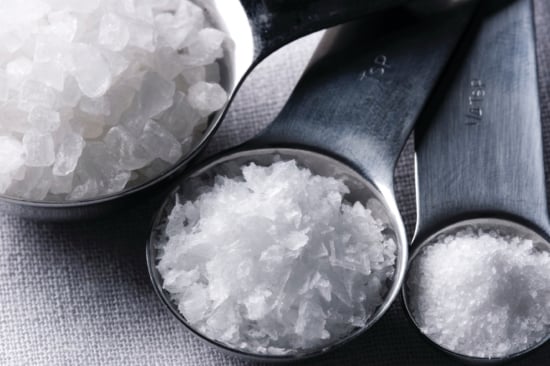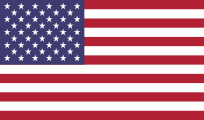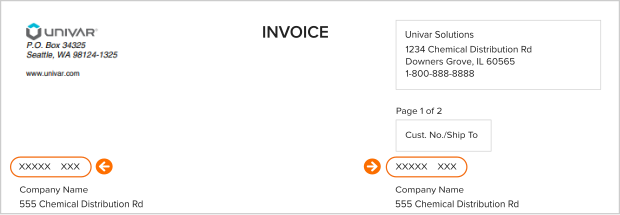The store will not work correctly in the case when cookies are disabled.
JavaScript seems to be disabled in your browser.
For the best experience on our site, be sure to turn on Javascript in your browser.
Whether you are looking for a polar solvent or a specialized additive, we have a broad product offering available in a wide variety of quantities, from bulk deliveries to gallon cases.
Acids
Acids are versatile compounds that release hydrogen ions and are capable of donating protons or accepting e...
Browse Products
Additives & Modifiers
Specialized additives and modifiers enhance and improve the performance of your products.
Browse Products
Chelants
A chelant, also known as a chelate, is a substance or chemical agent that forms stable complexes with metal...
Browse Products
Enzymes & Microbes
Enzymes are nature's catalysts that enable biochemical reactions in living organisms. Mirobes can include b...
Browse Products
Essential Chemicals & Ingredients
Univar Solutions carries the broadest line to meet your Essential Chemicals and Ingrediant needs
Browse Products
Oleochemicals
Oleochemicals are derived from natural sources that can include plant oils and animal fats and are versatil...
Browse Products
Oxides
Oxides are chemical compounds composed of oxygen atoms that are combines with atoms of another element. The...
Browse Products
Peroxides
Peroxide is a chemical compound with oxygen atoms bonded together in a chemical structure similar to water ...
Browse Products
Polymers & Resins
Polymers are versatile, long-chain molecules that form the building blocks of various everyday items, from ...
Browse Products
Process Aids
Process aids are substances or materials that are used during manufacturing or industrial processes to faci...
Browse Products
Silicates
Silicates are a vast group of minerals and compounds that consist of silicon, oxygen and various metal cati...
Browse Products
Silicones
Silicones are a family of synthetic compounds composed of silicon, oxygen, carbon, and other elements.
Browse Products
Solvents
Solvents are essential and versatile substances used in various industries and applications and are the bac...
Browse Products
Surfactants
Surfactants, short for surface-active agents, are chemical compounds that lower the surface tension between...
Browse Products
Sodium (Salts)
Sodium, commonly known as salt, is an essential mineral that plays a crucial role as an indispensable compo...
Browse Products
Browse All Product Categories
Complete the following form to download your document.
Market You Serve
Select
Adhesives & Sealants
Aerospace/Defense
Agriculture
Automotive Cleaning
Beauty & Personal Care
Chemical Manufacturing
Construction
Energy
EV, Battery, & Semi Conductor
Food & Beverage
Graphic Arts & Inks
Homecare & Industrial Cleaning Ingredients
Lab Services
Lubricants & Metalworking
Mining
Nutraceuticals
Other
Paints & Coatings
Pharmaceutical Ingredients
Plastic Additives
Rubber & Elastomeric Additives
Small Pack/Co-pack
Surface Finishing
Waste Disposal
Water Treatment
What document do you want to download?
Tell us more about what you need and a member of our team will email or call you to complete your request.
Market You Serve
Select
Adhesives & Sealants
Aerospace/Defense
Agriculture
Automotive Cleaning
Beauty & Personal Care
Chemical Manufacturing
Construction
Energy
EV, Battery, & Semi Conductor
Food & Beverage
Graphic Arts & Inks
Homecare & Industrial Cleaning Ingredients
Lab Services
Lubricants & Metalworking
Mining
Nutraceuticals
Other
Paints & Coatings
Pharmaceutical Ingredients
Plastic Additives
Rubber & Elastomeric Additives
Small Pack/Co-pack
Surface Finishing
Waste Disposal
Water Treatment
What do you want to sample?
Product
Product Categories
Market You Serve
Select
Adhesives & Sealants
Aerospace/Defense
Agriculture
Automotive Cleaning
Beauty & Personal Care
Chemical Manufacturing
Construction
Energy
EV, Battery, & Semi Conductor
Food & Beverage
Graphic Arts & Inks
Homecare & Industrial Cleaning Ingredients
Lab Services
Lubricants & Metalworking
Mining
Nutraceuticals
Other
Paints & Coatings
Pharmaceutical Ingredients
Plastic Additives
Rubber & Elastomeric Additives
Small Pack/Co-pack
Surface Finishing
Waste Disposal
Water Treatment
Note: Note: If you do not receive the confirmation message within a few minutes of submitting this form then please check your Spam or Bulk E-Mail folder.
Thank you for your document request.
Document: Safety Data Sheet -
Back to Quote Request
Note: If you do not receive the confirmation message within a few minutes of submitting this form then please check your Spam or Bulk E-Mail folder.
